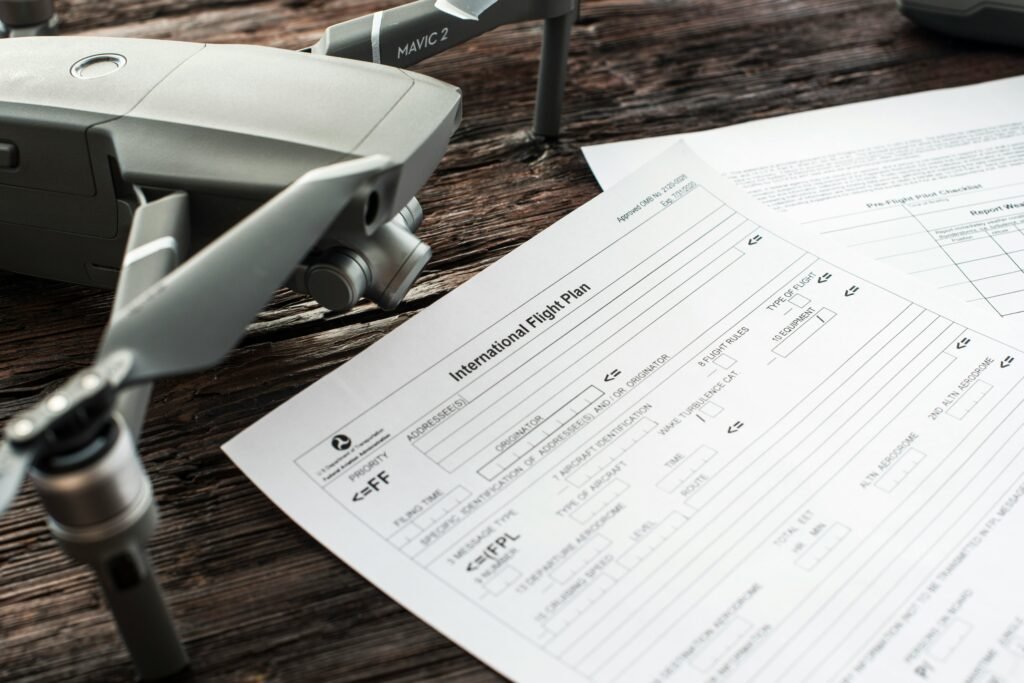The European regulatory landscape is evolving rapidly to address the rise of tokenized assets and ensure these innovations align with both investor protection and financial stability. With institutions across the EU experimenting with digital bonds, tokenized stocks, and blockchain-driven financial products, regulators such as ESMA are stepping up to define clear standards. As Europe’s decentralized finance (DeFi) and digital securities ecosystem matures, safeguarding trust while encouraging growth remains a top priority.
Over $600 billion in tokenized assets are now coursing through the global financial system. Europe, as a key player, has seen a surge in tokenized fixed-income issuances, prompting regulators to rethink rules and frameworks. Here’s how tokenized assets regulation in Europe is shaping up, and what it means for the future of blockchain-based finance.
Esma’s lead role in shaping crypto regulation
The European Securities and Markets Authority (ESMA) has emerged as a central force in tokenized assets regulation in Europe. As tokenized fixed-income products triple in volume and tokenized funds add over $7 billion in value this year alone, ESMA is responding with a firm-but-flexible approach. Its recent assessments stress the importance of clear legal parameters, requiring that financial instruments structured on-chain follow traditional investor safeguards.
Key areas of concern include recourse rights for token holders and whether certain “tokenized stocks” constitute actual asset ownership or synthetic replicas. This distinction plays a major role in investor protection and the legitimacy of tokenized securities under MiFID II regulations.
Dlt pilot regime bridges innovation and control
Europe’s Distributed Ledger Technology (DLT) Pilot Regime is a regulatory sandbox built to encourage innovation in tokenized finance while controlling associated risks. It allows financial institutions to test digital securities under provisional safeguards before full-scale market deployment. The framework is seen as a stepping stone toward long-term regulatory clarity in Europe.
One of the Pilot Regime’s main goals is to assess emerging financial structures, such as tokenized fixed-income instruments and tokenized funds, in a controlled setting. This fosters experimentation by banks like Société Générale or Germany’s digital bond issuers while allowing ESMA to fine-tune compliance measures based on real-world data.
Tokenized stocks raise ownership clarity concerns
The recent rise of tokenized stocks has regulators questioning whether these digital representations truly carry direct ownership rights or are simply synthetic proxies. For example, some offerings resemble contracts-for-difference (CFDs) more than traditional equity stakes, leading to uncertainty around investor protections and legal recourse.
Clear regulation is needed to distinguish what qualifies as a true security versus a synthetic derivative. ESMA highlights this issue and seeks robust disclosure standards to ensure retail and institutional investors understand what they own. The integrity of tokenized assets regulation Europe-wide depends on addressing this ambiguity.
Investor protection is at the core of EU strategies
Regulating tokenized assets in Europe isn’t just about controlling innovation—it’s about building trust. Investor protection is a foundational theme throughout ESMA’s recent publications and proposed amendments to MiCA (Markets in Crypto-Assets Regulation). For tokenized funds, this means providing clarity on custody, redemption rights, and transparent pricing models.
Through prescriptive disclosures, stress testing, and caps on certain operations pending approval, EU regulators aim to pursue financial innovation without sacrificing user safety. This approach is especially crucial as more tech-savvy retail investors enter tokenized markets without fully understanding their risk profiles.
Financial stability safeguards come with scaling efforts
Beyond investor protection, financial stability is a top priority as Europe scales its tokenization efforts. Rapid growth across tokenized stocks, tokenized bonds, and experimental assets risks introducing systemic vulnerabilities. Regulators are particularly watchful of liquidity mismatches, data opacity, and smart contract vulnerabilities within the financial ecosystem.
The European Investment Bank’s digital bond issuances and similar large-scale initiatives may set a precedent—but without clear guardrails, they could overwhelm traditional oversight structures. Hence, Europe’s regulatory authorities propose gradual integration of tokenized assets into broader markets, with monitoring tools and risk assessments built into digital infrastructure.
Google’s ledger enters the tokenization infrastructure
Tech giants are now becoming critical players in building the back-end of tokenized markets. Google, for instance, has introduced its institutional-grade ledger to support real-time settlement of tokenized assets. These infrastructures enable smoother digital bond issuance, direct reconciliation, and faster trading—if done securely.
As regulators assess frameworks like Google’s ledger, the focus will be on data control, consensus mechanisms, and third-party risks. Tokenized assets regulation in Europe must evolve not only to monitor financial institutions but also the tech platforms underpinning the token economy’s infrastructure.
Tokenized funds grow with regulatory adaptation
Tokenized funds are a major driver of this trend, with over $7 billion added globally in 2024. Europe is particularly focused on ensuring that tokenized mutual funds and exchange-traded products remain compliant with existing UCITS and AIFM regulations. This involves reconciling digital issuance and redemption logistics with traditional fund accounting methods.
To adapt, some jurisdictions are crafting hybrid models that enable tokenization under local fund structures while maintaining investor protections. Luxembourg’s regulatory leadership and Spain’s tokenized real-estate investment pilots are strong examples of this shift in action.
Frequently asked questions about tokenized assets regulation Europe (FAQ)
What is the DLT Pilot Regime in Europe?
The DLT Pilot Regime is a European sandbox framework that allows approved financial entities to issue and trade digital financial instruments using blockchain. It tests real-time use cases while maintaining regulatory oversight.
Are tokenized assets legal in the EU?
Yes, but they must comply with applicable securities and financial regulations. Depending on structure, they may fall under MiFID II, MiCA, or national frameworks, and must ensure investor protection and financial stability.
What are tokenized stocks?
Tokenized stocks are digital representations of equity stakes, often mirroring real-world shares. Regulators are scrutinizing whether certain offerings confer actual ownership rights or serve as synthetic assets without voting or legal claim.
Why is Google’s ledger relevant to tokenization?
Google has launched an institutional ledger for settling tokenized assets, helping enable large-scale issuance and instant post-trade processing. Its involvement reflects growing tech infrastructure behind tokenized markets.
How does ESMA influence crypto regulation in Europe?
ESMA sets regulatory guidance, supervises securities markets, and develops rules to manage risks tied to tokenized financial instruments. It ensures that innovation aligns with investor protection and market integrity.
Sources to this article
European Securities and Markets Authority (ESMA). (2024). “Call for evidence on the DLT Pilot Regime and tokenized finance.”
European Investment Bank. (2022). “Digital Bond Issuance Summary.”
CoinDesk. (2024). “European Regulator Flags Tokenized Stocks, Stresses Need for Safeguards.”
Google Cloud. (2024). “Institutional Ledger for Digital Assets.”
Société Générale. (2023). “Tokenized Bond Pilot on Blockchain.”
Santander Bank. (2023). “Tokenized ETF Launch in Europe.”



